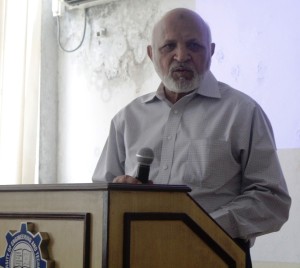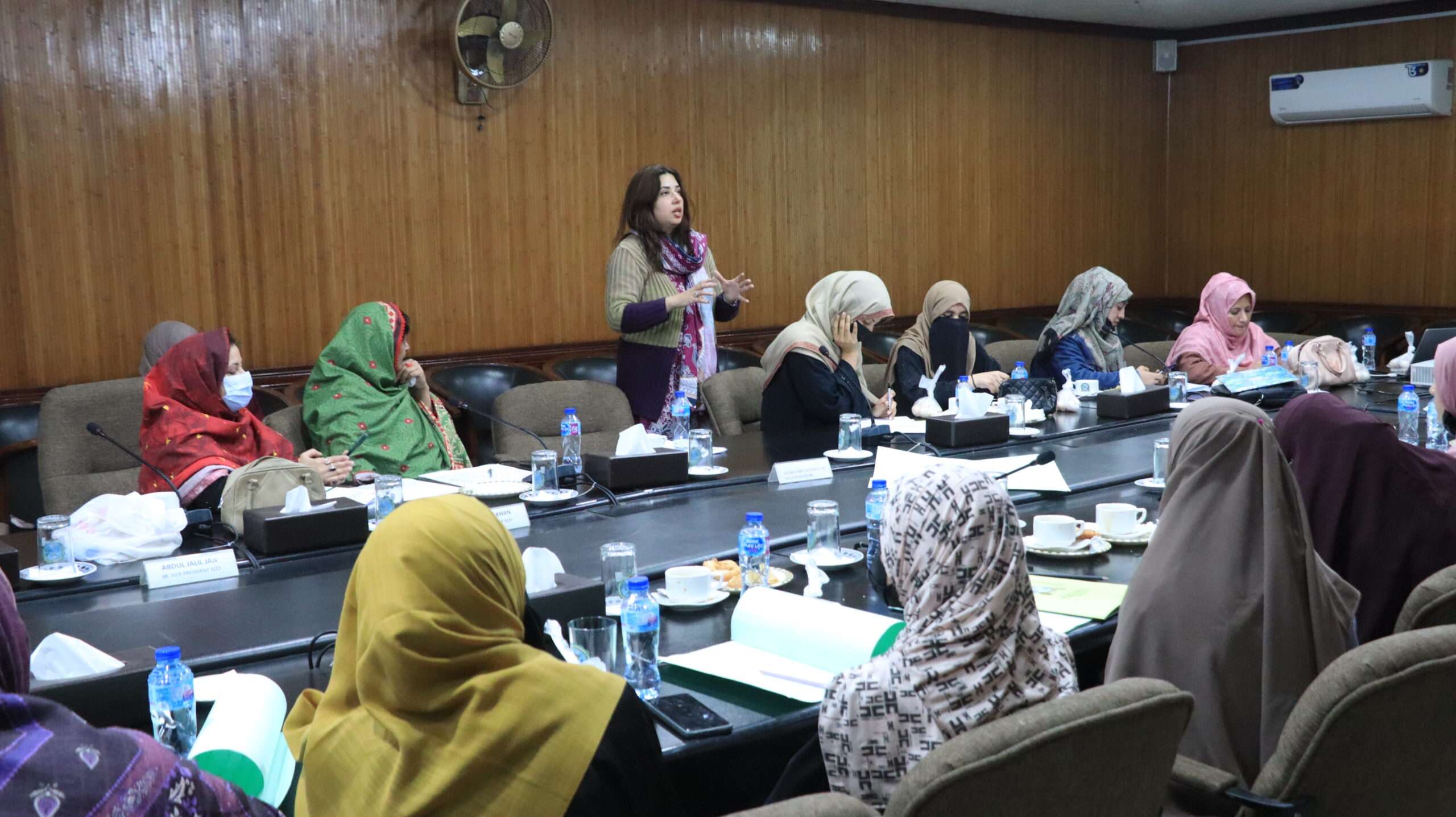By Hira Nafees Shah
[vimeo 95841904 w=500 h=375]
Across the street from the University of Engineering and Technology (UET) in Lahore stands a historic monument “Khan-e-Dauran” dating back to the Mughal era. The relic has seen it all, from the rule of the Mughals in Lahore, to the British Raj, then to the partition of the sub-continent and finally modern day Pakistan.
The “Khan-e-Dauran” which was built more than 350 years ago, was named after a noble man (real name Sayyed Mehmood) whose tomb is located in its premises along with that of his wife. The weathered and grim covered walls of the memorial were an eyesore for neighbors and passersby for centuries, until one man’s determination helped turn the fate of the monument around.
Dr. Abdul Rehman, a Fulbright scholar completed his post doctorate in architecture from Harvard University in 1998 and has an illustrious career as an architect spanning more than a decade. After serving for three years in the Walled City, Rehman moved on to academia, and that is when he took a good look at the “Khan-e-Dauran” tomb right in front of the university.
“I wanted to preserve the Khan-e-Dauran Tomb because I felt it’s an important national monument which has been most neglected,” said the alumnus.

Rehman applied for an Alumni Small Grant in order to fulfill his purpose. All alumni of various U.S. sponsored exchange programs in Pakistan are eligible to apply for the 5,000 dollar grant to enable them to give back to their communities.
Sixteen students, primarily from the architecture department of the university, took part in the conservation process including 13 women. The project which took two and a half months to complete entailed a number of steps such as research, extensive study of archives, purchasing instruments and preserving the tomb like strengthening the plaster, removing dust, restoring tiles and so on.
Some of the initial processes proved to be a challenge, like finding the exact lime mortar and instruments, which would match the original construction of the Khan-e-Dauran tomb. Moreover, the scant availability of research material from the era also complicated matters.
But Dr. Rehman credits his Fulbright post doctorate for having taught him how to conduct proper research, which eventually paved the way for the restoration of the relic.

One architecture student who took part in the preservation, Mahin Khawar says she helped in the removal of dust from the monument and also applied original mortar.
“It was a unique experience and I am grateful for taking part in the preservation of Khan-e-Dauran,” Khawar said. “Not all students get the opportunity to have hands-on-experience in real time.”
Another student Fatima Jamshaid appreciated the fact that although conservation is stereo-typically male-dominated a majority of students in the project were women.
“We proved that it is not a hindrance being a female, since we carried out hard work like cutting jute and applying mortar, and showed that we are not lesser than any male,” Jamshaid said.
She has been so motivated by the field activity that now she thinks that she might major in conservation.
For Kaneez Fatima, the best part of the project was learning about the materials used in the construction of buildings in the Mughal era. The project also led to greater awareness about the steps, involved in the conservation of monuments.
“We used a number of techniques for the removal of smoke from the walls,” Fatima said. “It was great to physically see the tomb converting from black to white.”
There is indeed a visible difference in the Khan-e-Dauran tomb. The plaster has been strengthened and polished, the dust has been removed and the tiles have been grazed. The people living in the vicinity of the university have also noticed a change.
“The neighbors and laborers appreciated our efforts and said no one had paid any attention to the preservation of Khan-e-Dauran before us,” said Dr. Rehman.
He also praised Pakistan-U.S Alumni Network’s contribution in helping him to restore a landmark of Pakistan’s national and cultural heritage.
As for the sustainability of the project, Dr. Rehman aims to publish his findings and circulate it amongst other universities across the country, so that they can also be motivated to undertake similar tasks.
And if they do so, then the future will be bright for Pakistan’s national monuments.





